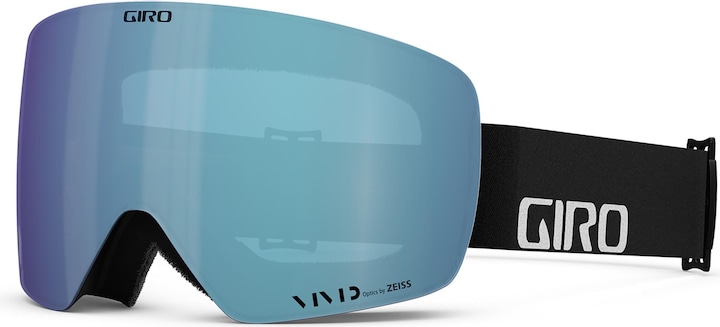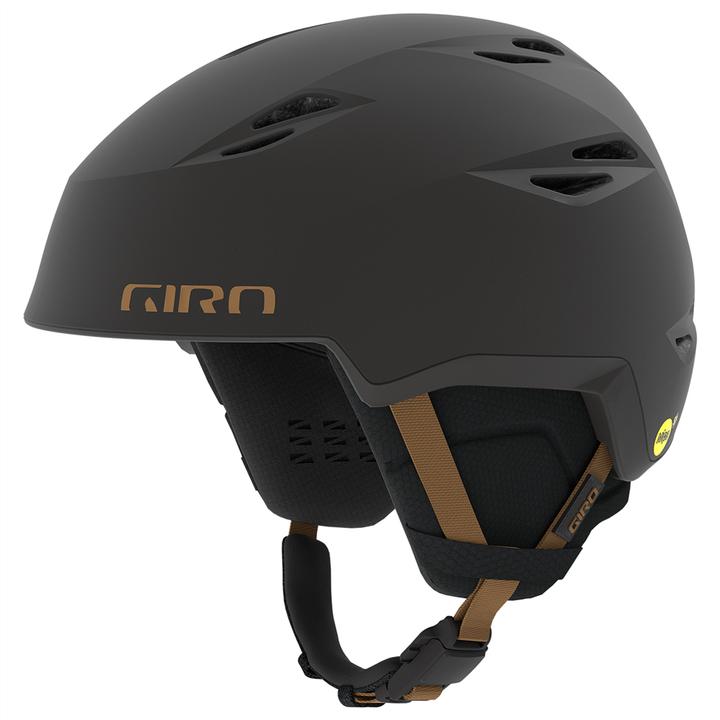

Spherical mips and toric shapes: High-tech from Giro for piste and freeride
What sounds like space travel and NASA is actually "just" a ski helmet and ski goggles. Nevertheless, Giro's products are packed with high-tech. But is it really worth it?
Everything used to be different. Even skiing. My first slats felt like they were two metres long - in any case, they towered over me. There was no waist and binding plates were unknown. I also don't remember ski helmets on the slopes. They were reserved for racers. We ordinary people wore woolly hats or stood topless on the slopes and pistes. There were ski goggles, but they weren't much use. Sometimes the sun was shining, sometimes you couldn't see your hand in front of your eyes, the goggles were always the same and usually fogged up. Many trips were made flying blind.
And today? We are all on and off the slopes in high-tech gear. Whether jacket, pants or helmet and goggles: Technological progress slides down the slopes with us.
Giro Grid Spherical: the ski helmet with the ball joint
The Grid Spherical is an example of this and is made using the in-mold process. In this process, the shell and hard foam inside the helmet are welded together. This creates a very stable structure. At the heart of this ski helmet, however, is the Spherical technology, which builds on the ball-and-socket design of MIPS.

Spherical Technology's ball-and-socket design, which Giro also incorporates on some of its velohelmet models, uses two separate liners to better manage impact forces. At the same time, the layer system of the two shells is supposed to provide even better protection. So Spherical is effectively a MIPS Version Plus, developed by Giro in collaboration with the Swedish company. Will this technology actually protect me even better in the event of a fall? I hope I never have to experience it first hand, or rather, in my head.
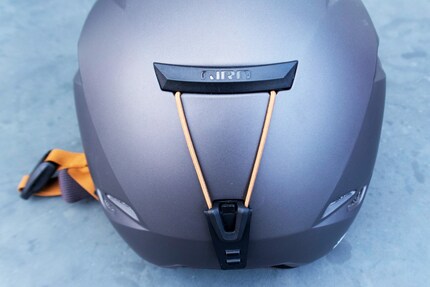
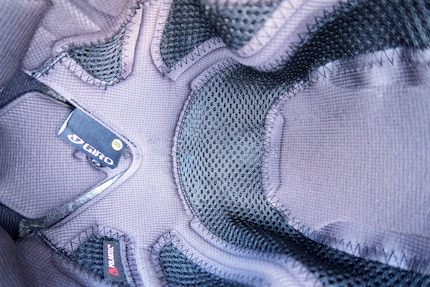
The Giro Grid Spherical weighs around 400 grams and is comfortable to wear. The adjustable ventilation system is good, which is why this helmet is also suitable for touring. The inner lining can be removed for drying and the helmet is compatible with all Giro ski goggles. For more details, see here.
Giro Contour Vivid: toric instead of spherical
The difference between toric and spherical lenses is their shape. Spherical lenses are those with a simple, round curvature. The shape of toric lenses is more complex.
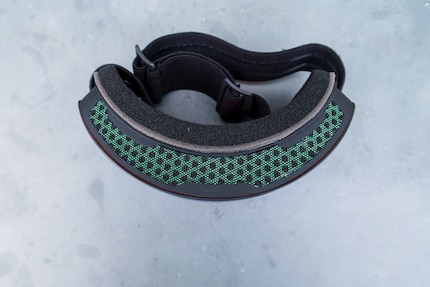
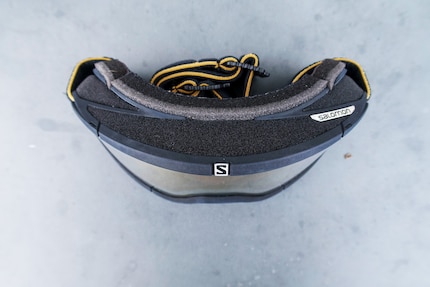
Toric from the Latin torus, or bulge in German, stands for cylindrical or barrel-shaped and in ophthalmic optics means that the refractive power of a lens or vitreous is not rotationally symmetrical. Thus, a toric lens has a different focal length at a certain point than at other sections. Sounds complicated, and it is. However, the result of this technology should simply be better vision. Giro has developed this new lens shape together with Zeiss. You can find more info here.
Talking about good vision: With the Countour Vivid, Giro has a pair of glasses on the market that also scores with an enormously large field of vision. In principle, the replacement lens for bad weather is quickly attached to the goggles. However, this always means standing on the edge of the slope, taking off your gloves, taking off your backpack, taking out the spare lens, etc. Until everything is back in place and ready to go. Until everything is back in place and the trip can continue, such a change is always a fiddly affair. So far so good.
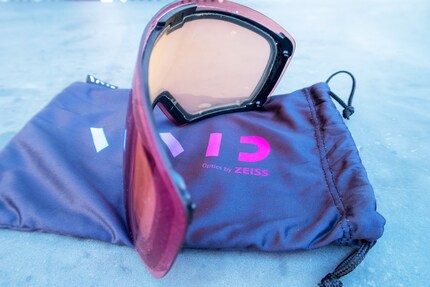
Maybe it's my eyes. Who knows. In any case, it's like this: skiing in sunshine is great. When visibility is diffuse, it becomes a different sport. At least that's how it is for me. When I can no longer see the contours in the snow, my skiing style becomes passive, I fall behind more quickly and tend to lose control of my skis. Result? It's less fun, much more strenuous and the risk of injury increases. That was the case 40 years ago and it's still the case today.
Even the latest technology doesn't really change that in the long term.
My first impression: yes, but ...
The positive things first: both the helmet and the goggles are very comfortable to wear. No pressure points, good ventilation so they don't fog up. I also like the design of the Giro products. I can't judge whether MIPS and Sphercial technology actually protect my head as effectively as possible in a crash. I have no choice but to rely on the fact that a ski helmet like this has passed all the relevant safety tests before it comes onto the market.
I'm of two minds about the Contour Vivid ski goggles from Giro. In sunshine, these are super goggles. No question about it. But when the sun is gone on the mountain, the contours disappear in the snow and there is poor ground visibility, skiing becomes tedious for me even with them. Yes, I have become a fair-weather skier over the years. The last time I ignored this fact, I broke my metacarpal on the slopes. I've been careful ever since. And what can I say? Despite all the high-tech, even with these ski goggles I am unsafe on the slopes in diffuse light conditions. Just like with all other products in the last 40 years before that.
From radio journalist to product tester and storyteller, jogger to gravel bike novice and fitness enthusiast with barbells and dumbbells. I'm excited to see where the journey'll take me next.
